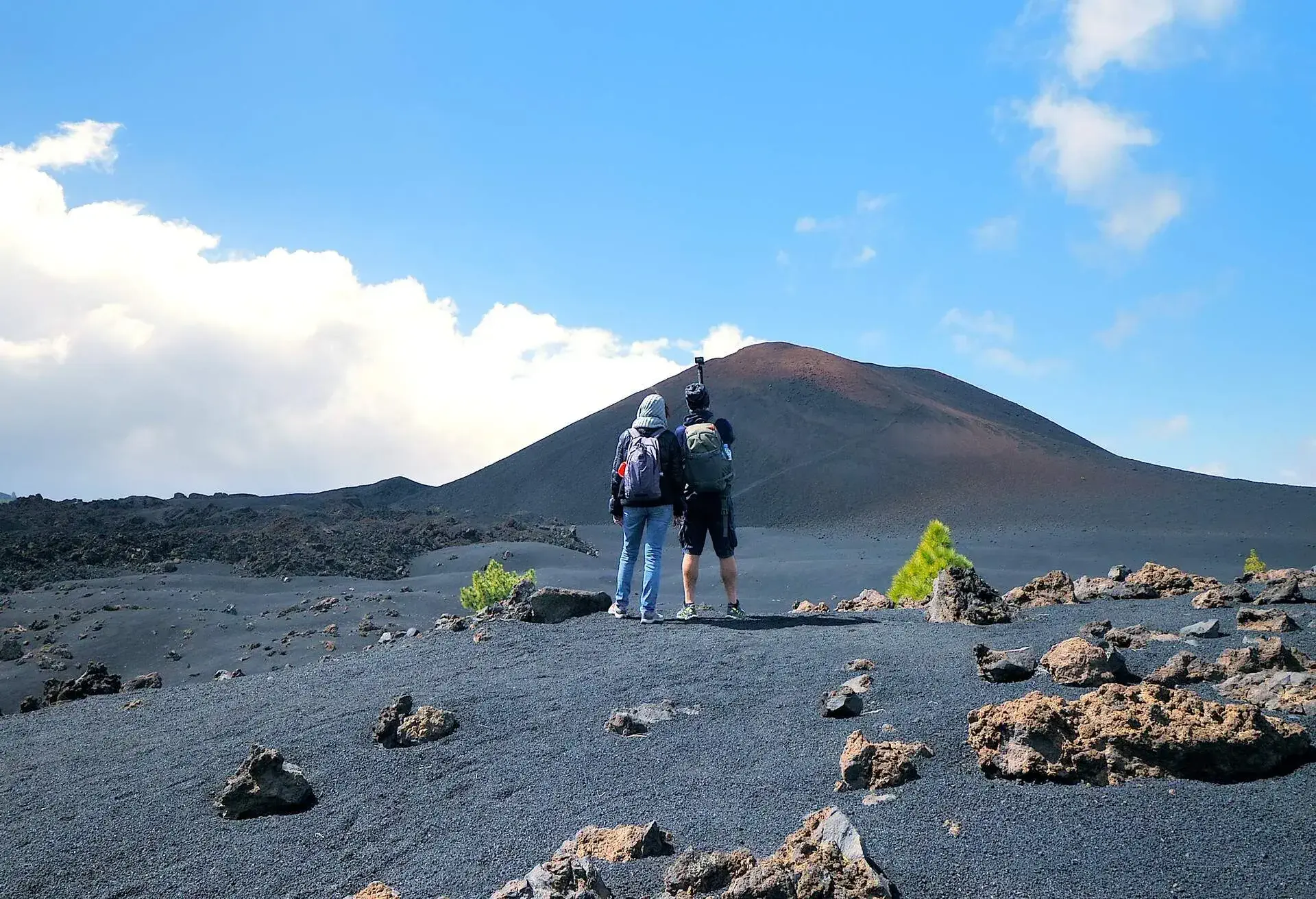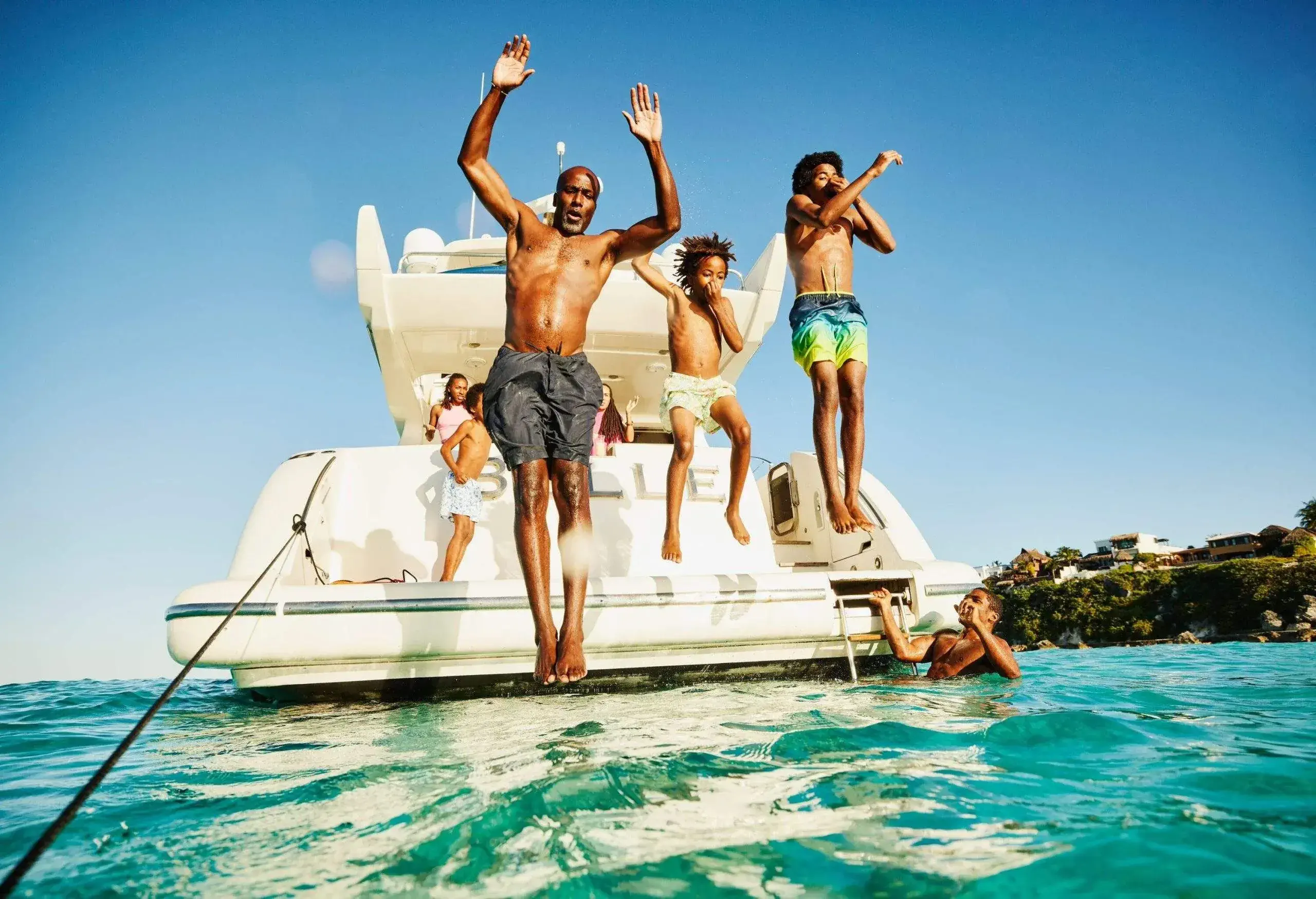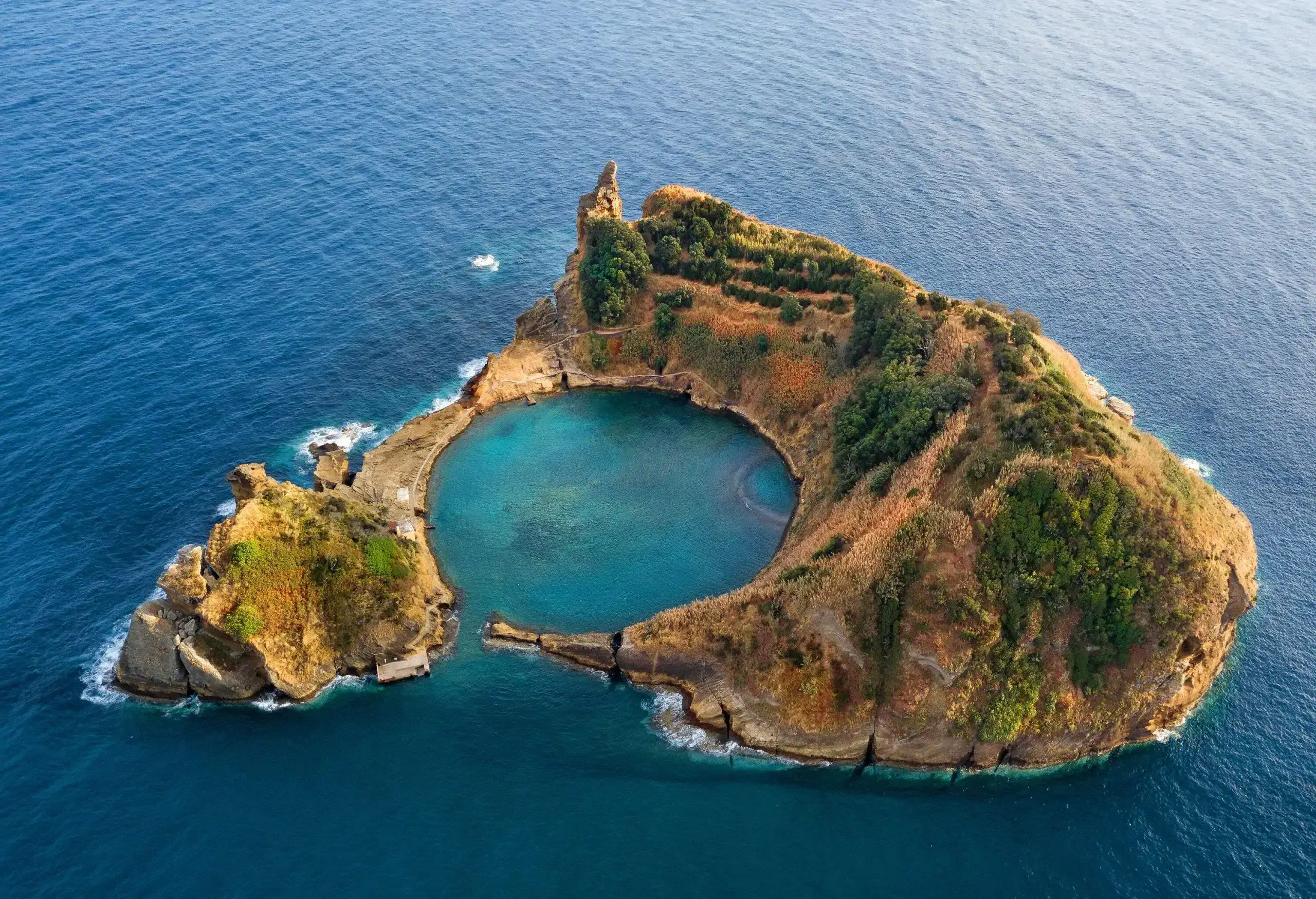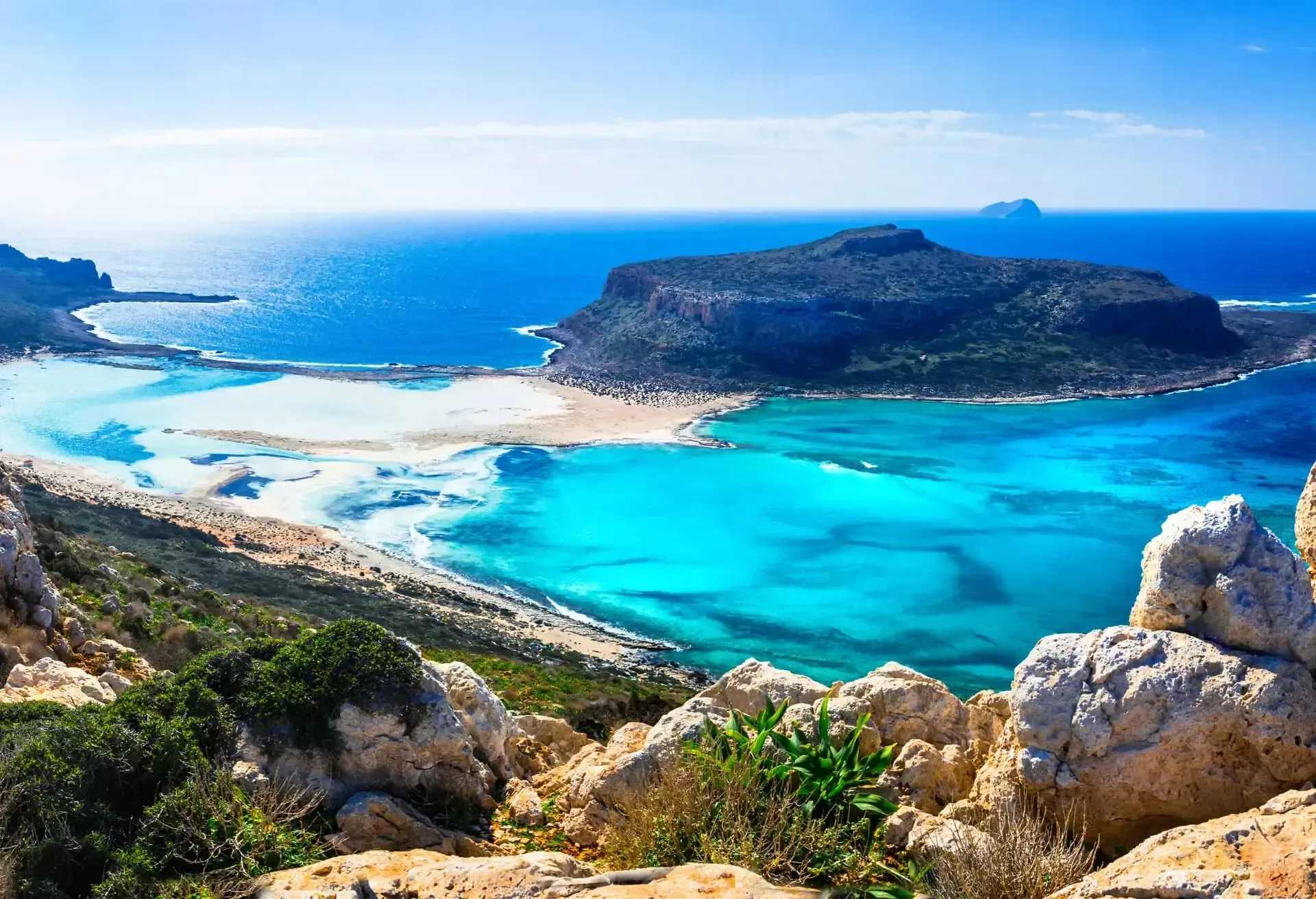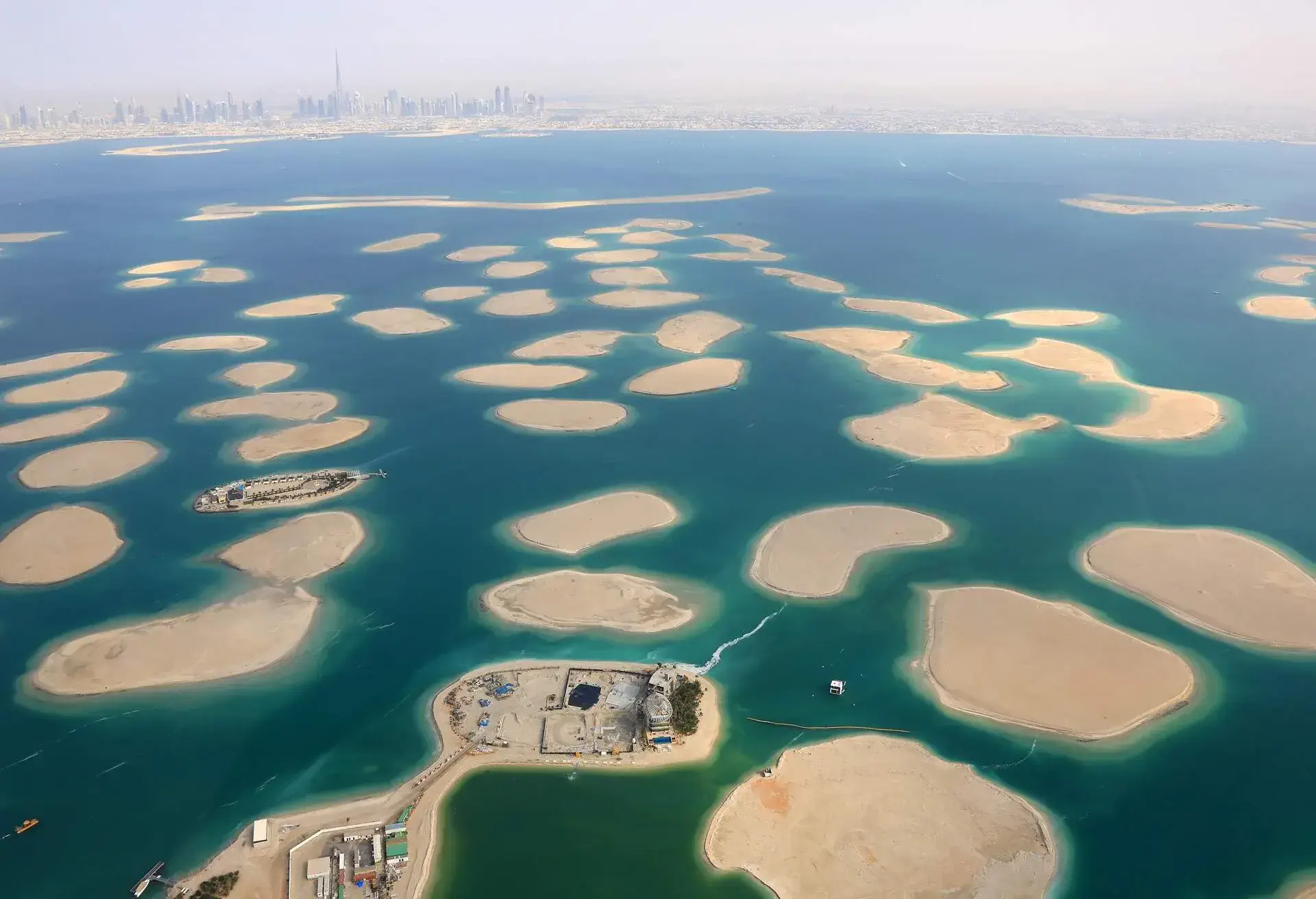From star gazing under clear night skies, partying until the early morning hours, and bohemian villages, the best Spanish islands have something to offer everyone. With easy accessibility and near-perfect weather, they are undoubtedly the ideal holiday destination almost all year round. So pack your best bathing suit, grab some sunscreen and let’s go exploring.
The Balearics
You will find the Balearic Islands off the east coast of Spain, in the Mediterranean, and home to some of the best Spanish islands. Perhaps it’s the Mediterranean weather, which is great all year round, or the easy accessibility that once branded the islands a party destination, an image they have worked hard to shed by continually reinventing themselves. Yes, you can still party hard here, but they are now better known for their sustainability projects, striving to provide echo tourism. Transport to the Balearics includes flights into Menorca, Mallorca, or Ibiza. Alternatively, a ferry from Barcelona, Denia, Valencia, or Gandia will easily get you to any of the islands.
Knowing where to start can be rather confusing, so let’s see what the best of the Balearics offer.
Mallorca
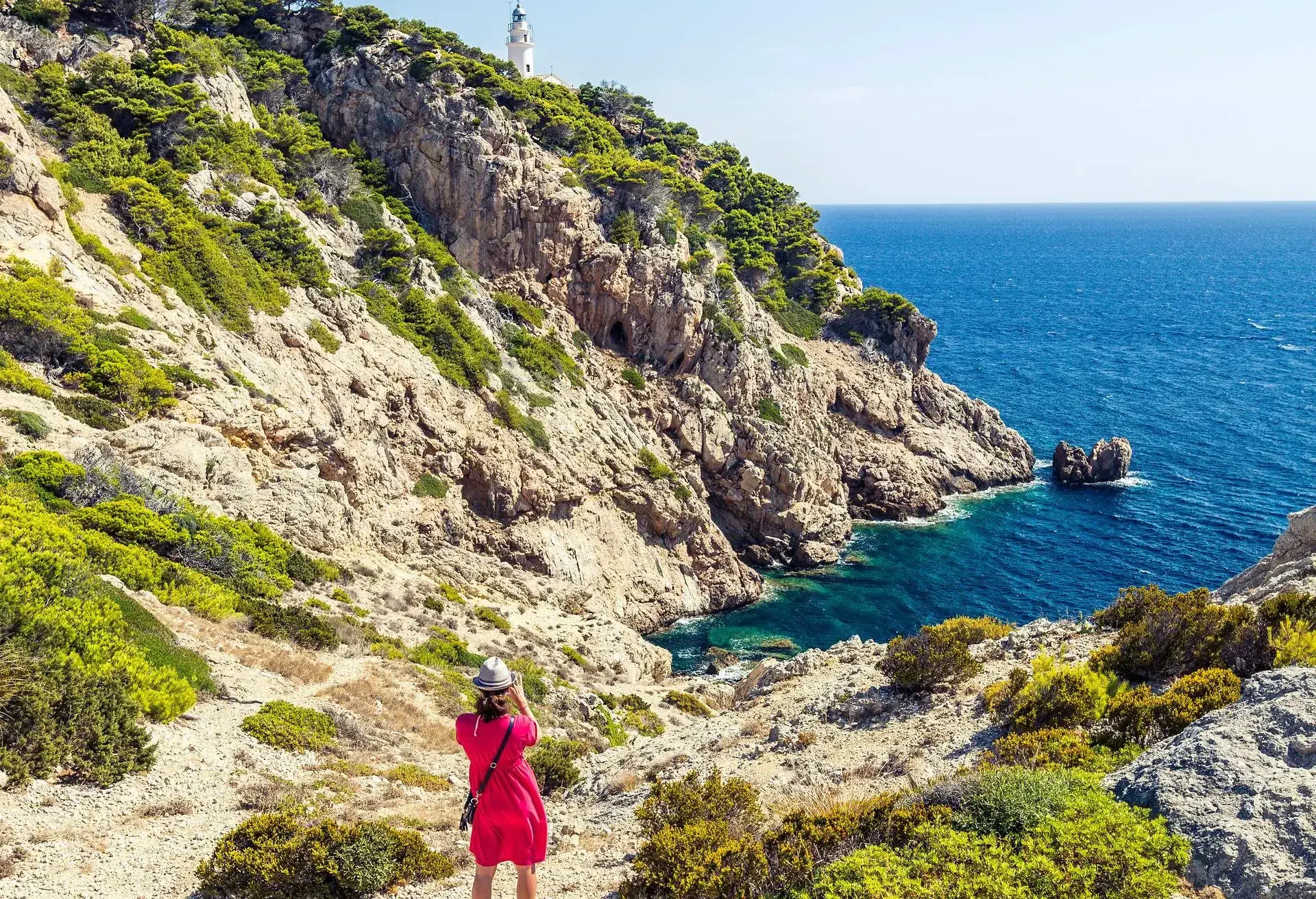
Mallorca is as good a place to start as any, not only because it’s the biggest of the Balearics, but also the picture-perfect beach holiday postcard. The island offers endless white sand beaches, on which to lay back and soak in the sun under the canopy of the Sierra de Tramuntana Mountain range, and boasts a whopping nine Michelin-starred restaurants. That’s not all the island has to offer, though. A drive further into the mountain range offers a different pace of life. Fornalutx offers you a chance to disconnect, an authentic hillside village complete with winding streets and narrow stone steps in the Soller Valley, which lives up to its accolade as ‘the prettiest village’ on Mallorca.
The capital, Palma, which is where you fly into, has the third largest airport in Spain and is gorgeous to explore. Trendy boutiques line palm-fronted sidewalks, and it’s also the location of one of the nine Michelin-starred restaurants on the island. Book yourself a table at Dins Santi Taura for a totally indulgent experience, and enjoy a glass of something bubbly on its stunning terrace whilst waiting for your table. Talking of views, the Moorish-style Arab fortress at the top of the hill that dominates the town offers a vantage point from which to watch the luxurious yachts vying for space in the bay. If you can’t make it all the way up, the view from Santa Maria, a Gothic Cathedral halfway up, isn’t too shabby either.
Menorca
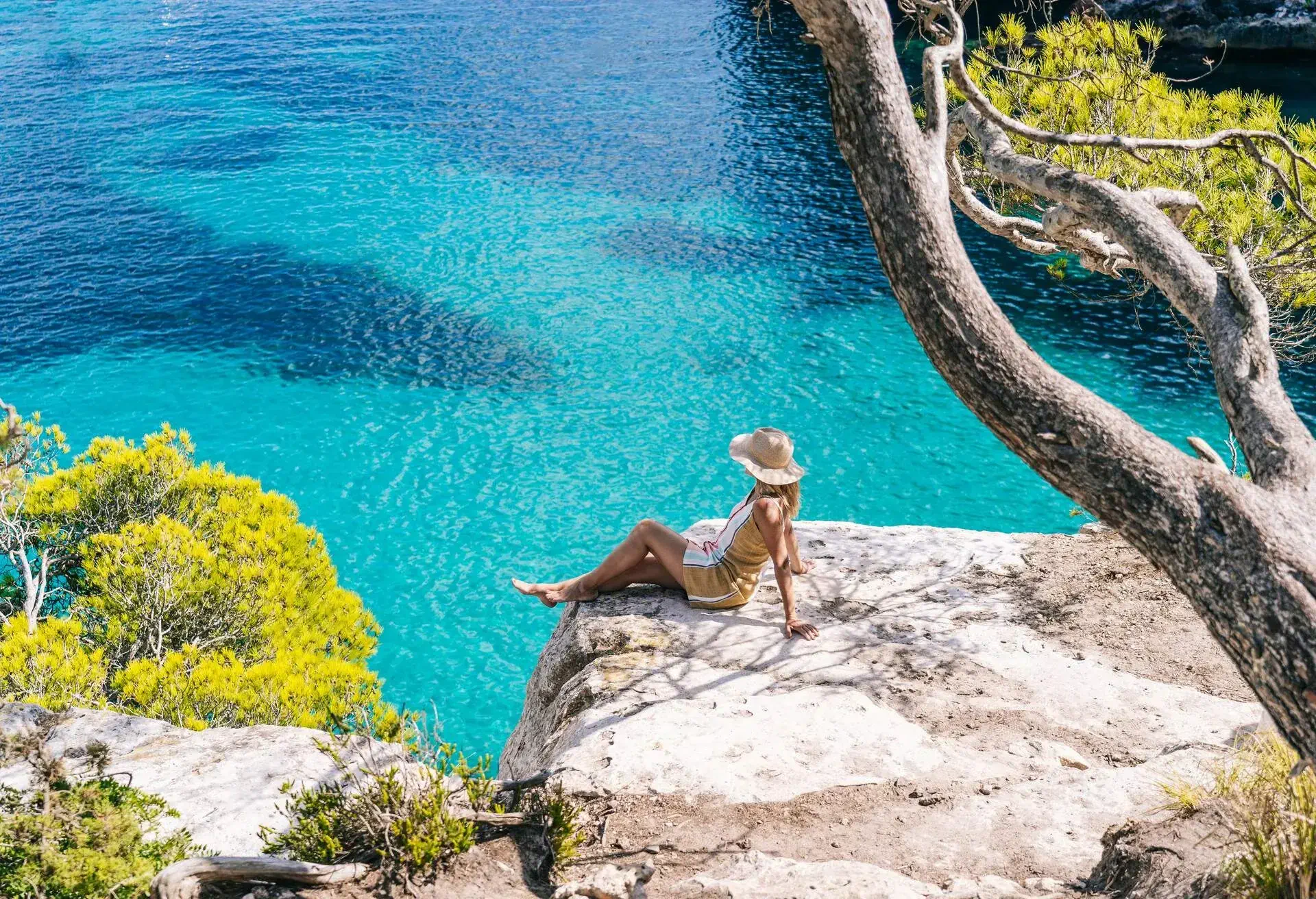
Menorca is part of the UNESCO biosphere reserve, a learning place for sustainable development, and quite probably has some of the best beaches in the Balearics. The island is known for its turquoise waters and unspoiled beaches. What’s even better and surprising about them is that they are less crowded than the beaches in Mallorca. You can find one of the best beaches in Spain, if not the whole of Europe, in Macarella. Cala Macarella is as charming as they come, set in a delightful cove fringed by limestone cliffs where you can find caves to explore. Some caves are even occupied. Cala Macarella has a pristine white beach with turquoise waters.
Menorca’s capital, Mahon, where you can fly in to access the rest of the island, is steeped in history. The town’s winding streets and Georgian architecture offer so much to explore, while down at the harbour, you’ll find buzzy restaurants and bars – dine with a view you’ll never forget. Just a 20-minute drive brings you to Cova d’en Xoroi, a cave carved into the cliffs with a restaurant bar. You are literally dining at the edge with unrivalled views.
Ibiza

Of course, it would be remiss to come to the Balearics and not visit Ibiza. Though notorious for its club scene, Ibiza is an island with everything, from all-night parties to beach clubs and a thriving food scene. Various venues at Playa d’en Bossa cover almost any whim you covet on holiday. Head to Nassau Beach club for glamour and high-class cuisine with table service, whilst its sister next door, Tanit Beach Ibiza, is slightly more laid-back and family-friendly. However, if it’s day beds you’re after, then book yours at the legendary Bora Bora – order your beverage of choice and let the music play. Otherwise, grab some popcorn and a glass of cava and watch a movie under the stars at luxurious Amante, set on a stunning cove overlooking the Sol d’en Serra Bay. Finally, a night at Pacha, Ibiza’s iconic Glamour’s bar/restaurant is a must to round off your experience.
It’s only right that you will be looking for some downtime after all the partying before heading back; Santa Gertrudis may offer you just that. A 15-minute ride away, in the heart of the island, is an idyllic bohemian village complete with a village square. The pedestrianised main square is overlooked by a whitewashed fortress church and is where you’ll find hip and trendy cafes and restaurants standing harmoniously alongside traditional ones. The atmosphere in the evening is convivial and filled with numerous conversations and children’s laughter as they play around the streets. No loud music is allowed.
Formentera
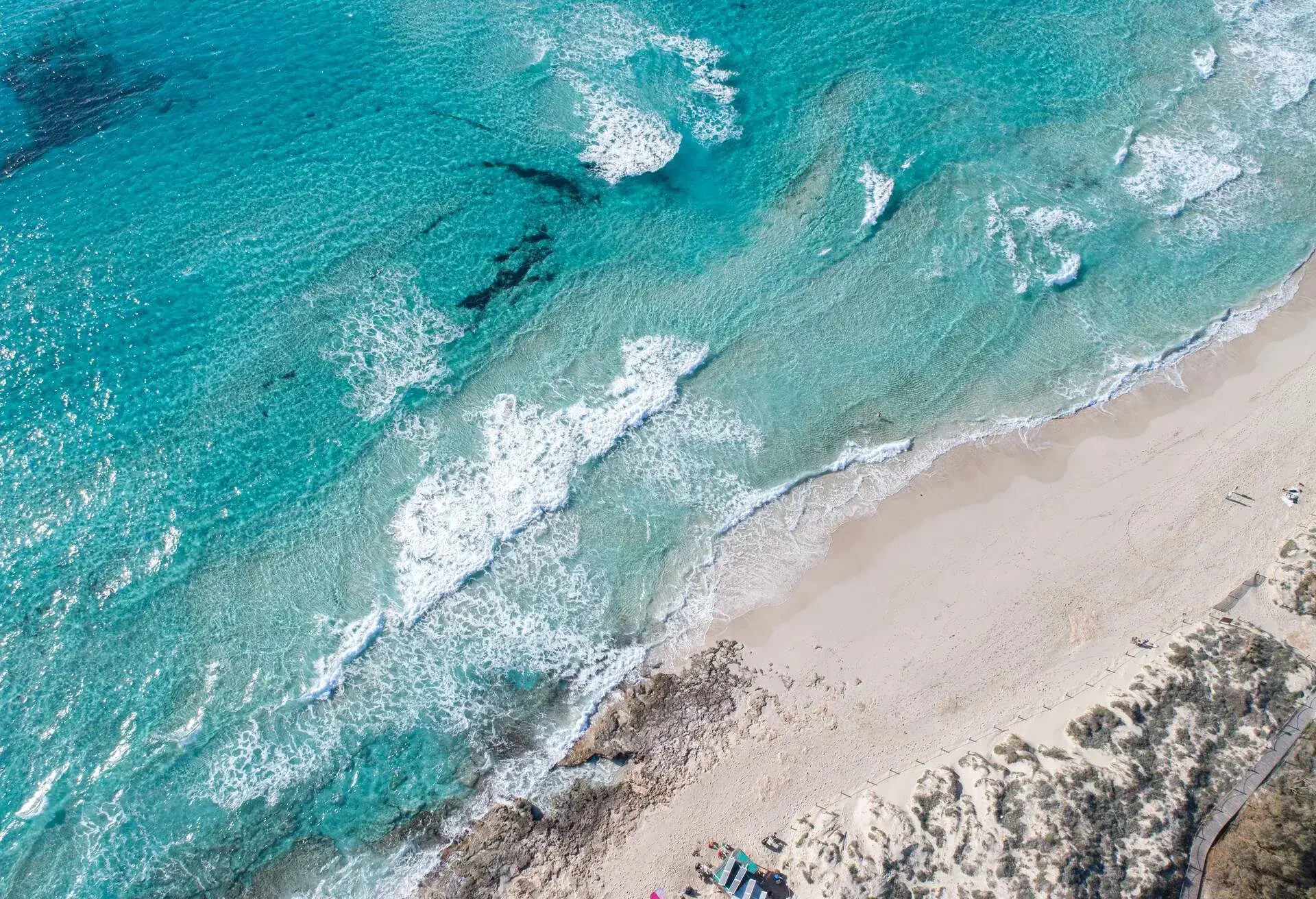
Formentera, in the meantime, maybe the Balearic’s smallest island, but in itself packs a punch when it comes to beaches, and here they come with a hippie, laid-back atmosphere. The four-mile stretch of beach at Playa Migjorn is often seen dotted with loungers and umbrellas in the summer and could possibly have the best sushi on the island. But, not to be outshined, Playa Ses Illetes on the northern part of the island proudly wears the mantle of the best beach on Formentera. Fondly referred to as the ‘pink beach’ because of the colours on its shore, a combination of white sand and coral dust, it’s part of a natural reserve. There’s a small fee to access it and hardly any loungers, but it’s great for walking. Who needs a lounger anyway?
The easiest and fastest way to get to Formentera is by ferry from Ibiza, with a journey time of approximately 35 minutes. Ferries begin at 7 am and run until 9 pm This is Spain, however; siesta time is between 1-3 pm An intermittent service from Denia could take up to two hours.
The Canary Islands
The Canary Islands are blessed with good weather all year round due to their location just off the coast of north-western Africa, making this Spain’s southernmost region. The Santa Cruz carnival, the second largest in the world, only after Rio, takes place here in February. The area is characterised by white and black lava beaches, a testament to the islands’ volcanic origin. The seven islands that make up this archipelago provide a different European holiday experience with Sahara-style dunes, desert-like vibes, sandy coves, and star-gazing mountains.
Tenerife
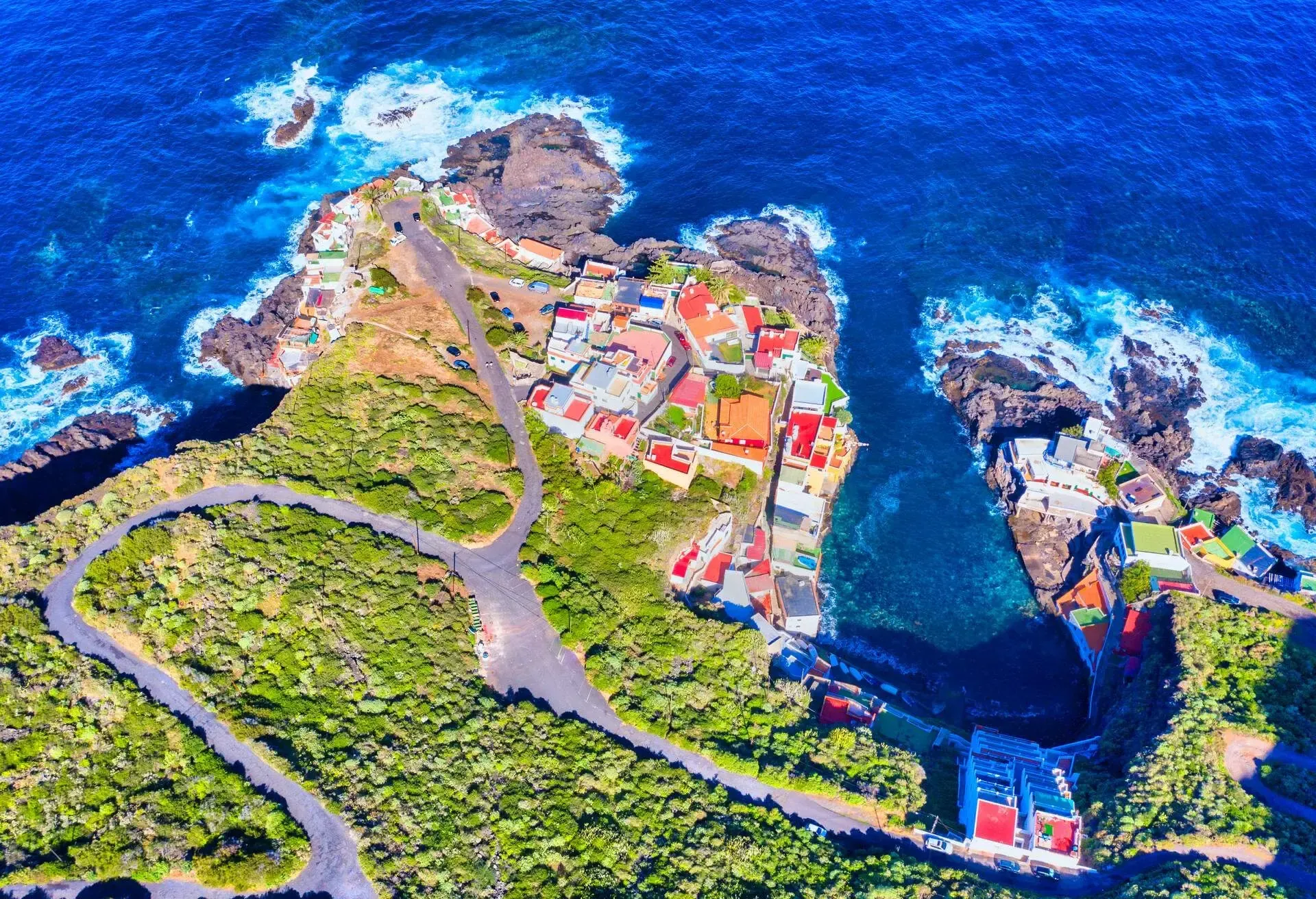
It’s only right to start with Tenerife, which is not only the largest of the Islands or the one you’ve probably heard of, but it’s also home to the highest peak on the Canaries, Tiede Peak. Tiede National Park is one of the oldest parks on the Canaries and is a UNESCO World Heritage site. It’s perfect for hiking, and because it’s illegal to fly over Tenerife between sunset and sunrise, it offers one of the best star-gazing experiences in the world, not to mention the views at sunset. So bring a good camera and some cava, lay back, and let the show in the sky commence.
The capital, Santa Cruz de Tenerife, is dotted with whitewashed buildings with so much history. The capital is where you fly into and where the carnival takes place yearly. The triangle, where you will find most of the historical attractions, comprises Calle la Noria, Plaza de Espana, Plaza de Candelaria and Plaza de Weyler. San Cristobal de La Laguna in the north is a vibrant city with narrow alleyways lined by colourful houses and is a UNESCO Heritage site.
La Palma
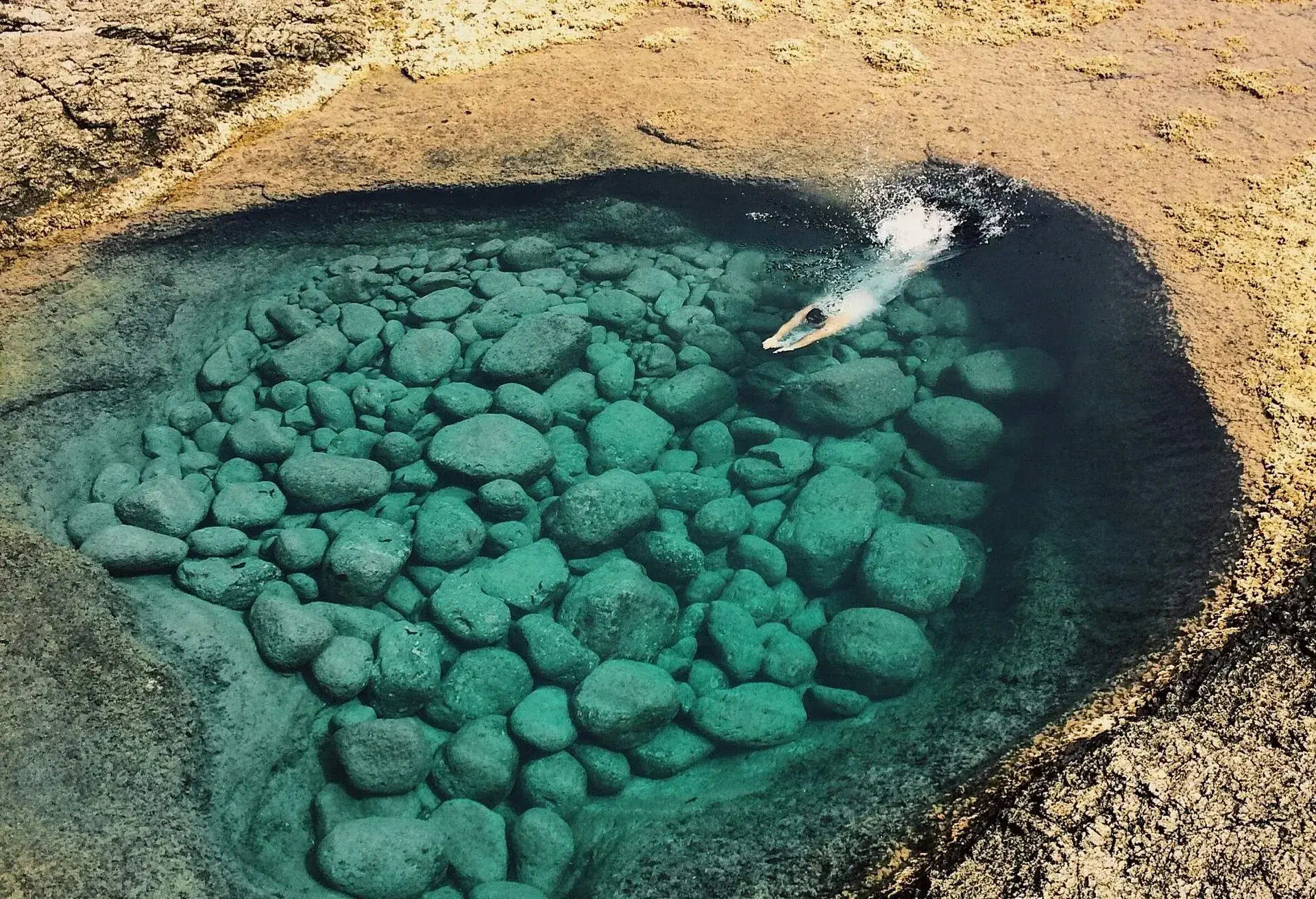
The greenest island of the Canaries is La Palma. It boasts a jagged coastline, a rain forest and perhaps the biggest crater in the world. As a result, it is thought to be the prettiest of the Canaries. It may not have the most pristine beaches, but Charco Azul is striking. The clear blue water contrasts beautifully with the black rocks surrounding this natural pool, protecting it from the large waves from the sea. The highest point on the island, Roque de Los Muchachos, on the edge of the Taburiente crater, is also one of the best places for star-gazing in Europe, rivalling Tiede. The views are quite simply breathtaking.
Its capital city, Santa Cruz de la Palma, is a treasure trove of cobbled streets flanked by religious buildings and wooden balconies, a testament to its historical past as a busy port city. You can easily fly into Santa Cruz.
Gran Canaria

Now, if you’re searching for beaches that offer a bit of tranquillity and water sports on the Canary Islands, then Gran Canaria will do just fine. You fly into Las Palmas, in the north-eastern part of the island and Spain’s ninth largest city. Wander the streets of Calle Triana for some retail therapy, whilst the old Catedral de Santa Ana offers incredible views of the city from above. The Santa Catalina, a glamourous and exquisite hotel that has been host to everyone who’s anyone, including royalty, has the best wellness centre in town and offers a spa treatment like no other. You’ll find a water circuit under a glass roof, from which you can gaze up at the skies or the city lights.
If it’s topping up your tan you’re after, head to Las Canteras with its golden sand, rent an umbrella and plonk yourself onto one of the many available loungers. Then, head to the southern end of the beach to practise your balancing skills at paddle boarding or catch a wave surfing when tired of the sun. The promenade comes to life after sunset and is the perfect place to grab a bite or a cocktail or two.
El Hierro
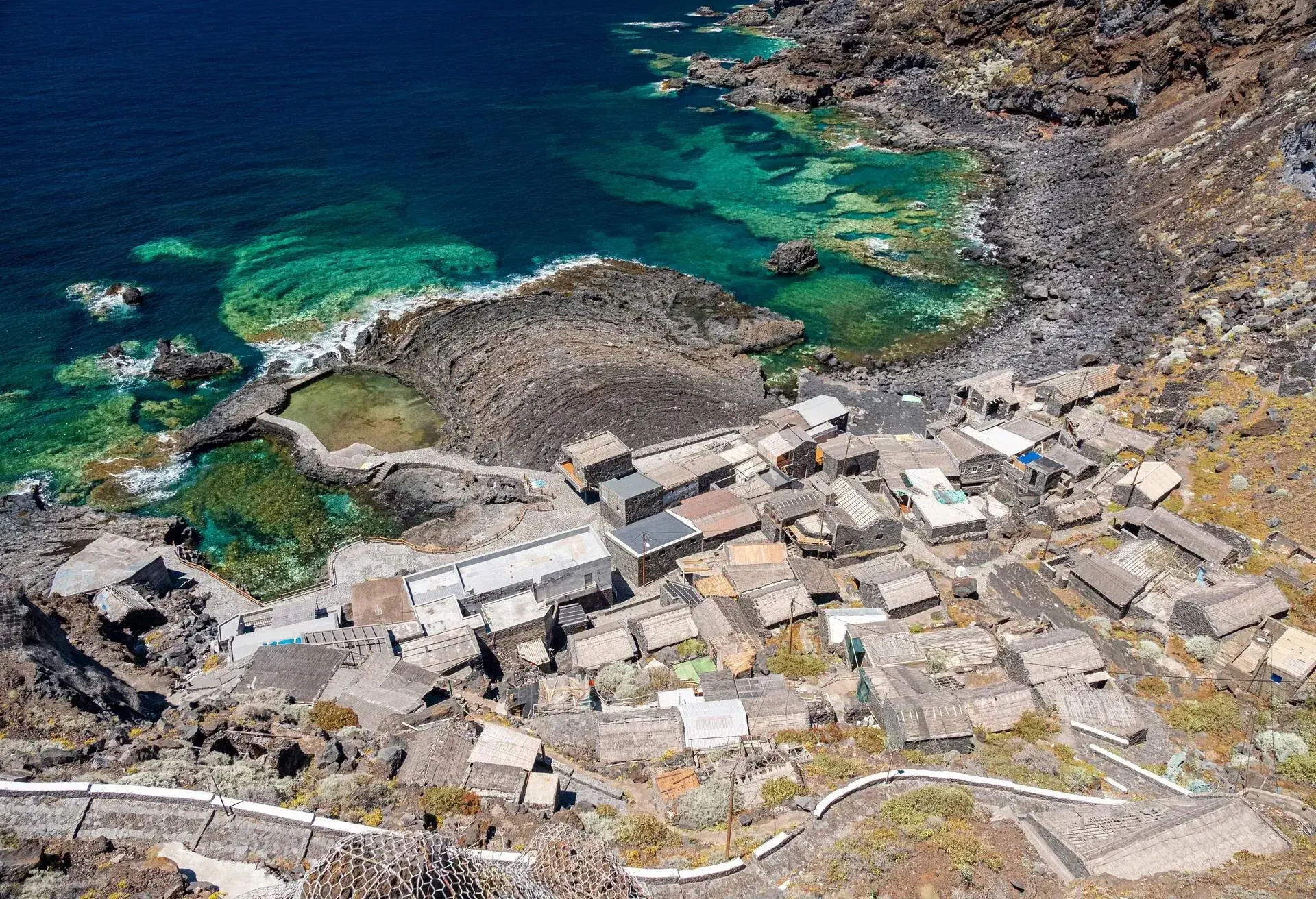
Undoubtedly, one of the least visited and the smallest of the Canary Islands, El Hierro, is not to be missed. If you care about the planet and want a holiday with a “conscience”, this is it. It is the world’s first self-sufficient island and uses eco-friendly energy sources with sustainable fresh food products sourced on the island. Perhaps not the place if you’re looking for a beach holiday, but the scuba diving here is spectacular. One of the three marine reserves on the Canaries is located here. Not surprising because the waters offer clear visibility up to 30 metres deep, with a variety of sea life and epic underwater volcanic landscapes.
The winding roads lead through quaint villages curved in black stone, with weekly markets, authentic bars, and bakeries that are absolutely delightful. This is a perfect place to disconnect from a fast-moving world.
You can fly into either Gran Canaria or Tenerife with a ferry option from Los Cristianos in Tenerife.
The Atlantic Islands of Galicia
You will probably find some of the best Spanish islands in the Atlantic Islands of Galicia, part of a protected National Park off the southwest coast of Galicia. Made up of small islands dotted with cliffs, lighthouses, and idyllic beaches with capacity restrictions, they come hand-in-hand with mesmerising views. As they are part of a protected area, the beaches here are unspoilt and offer hiking trails and the chance to see a wide range of birds, flora, and fauna. In addition, your ferry ride to the guide-only island of Salvora may reward you with a dolphin or whale sighting.
Get your flights into Galicia, where there are several ferry options to get to the National Park, including from Vigo and Pontevedra.
Cies
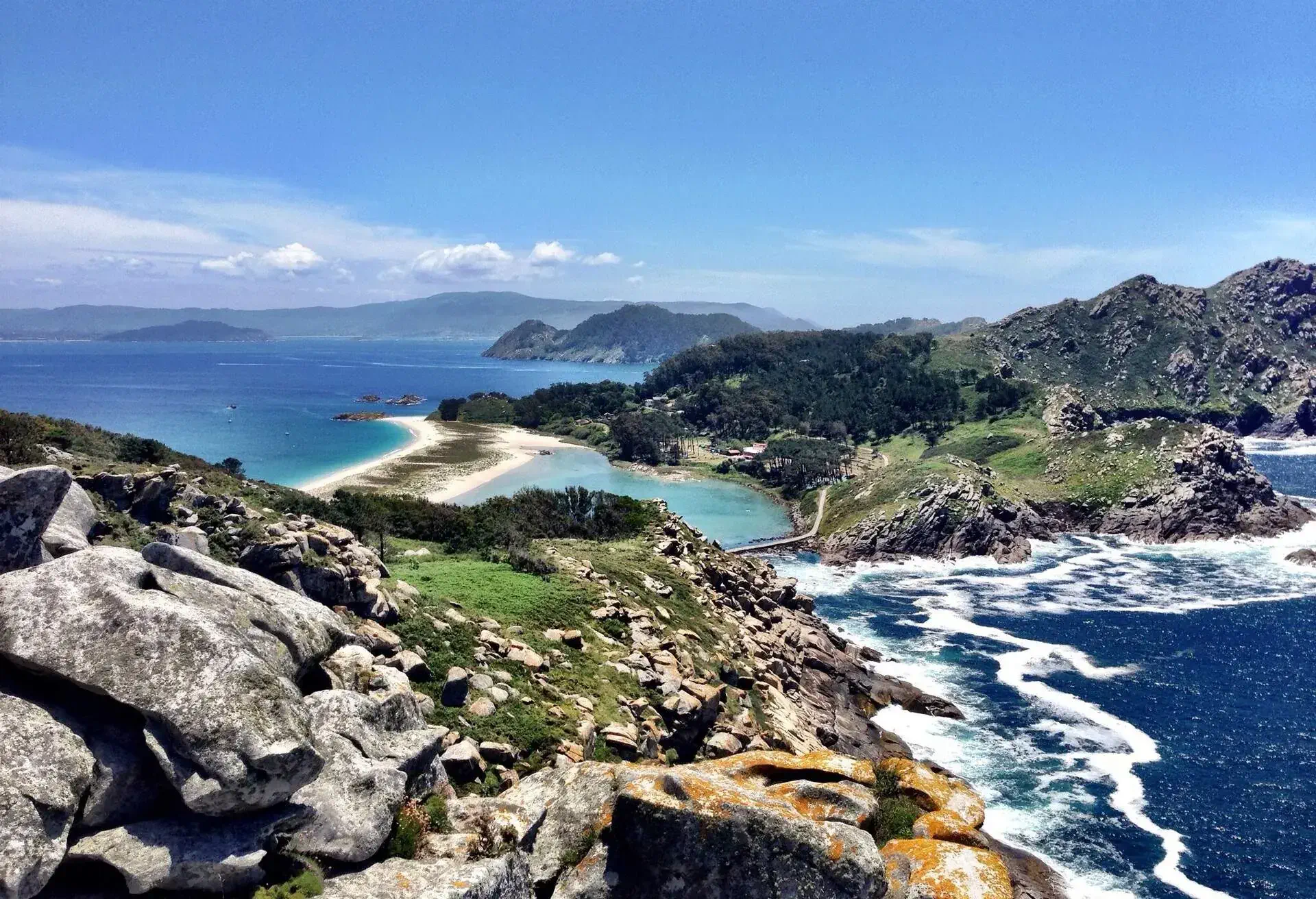
The Cies is made up of three islands, Monteagudo, Faro, and San Martino. Playa de Rodas Beach was once named the best beach in the world, which is not surprising, and connects Monteagudo and Faro by a stone bridge. In order to keep the ecosystem balanced, there is restricted traffic of only 1,800 people a day, even better for some quiet time.
The islands are only 45 minutes from the mainland and are easy to reach by ferry. None of them are inhabited, but should you be having such a wonderful time and miss the last ferry that departs at 7.30 pm, then fear not, you can pitch up a tent on Faro.
Illa de Ons
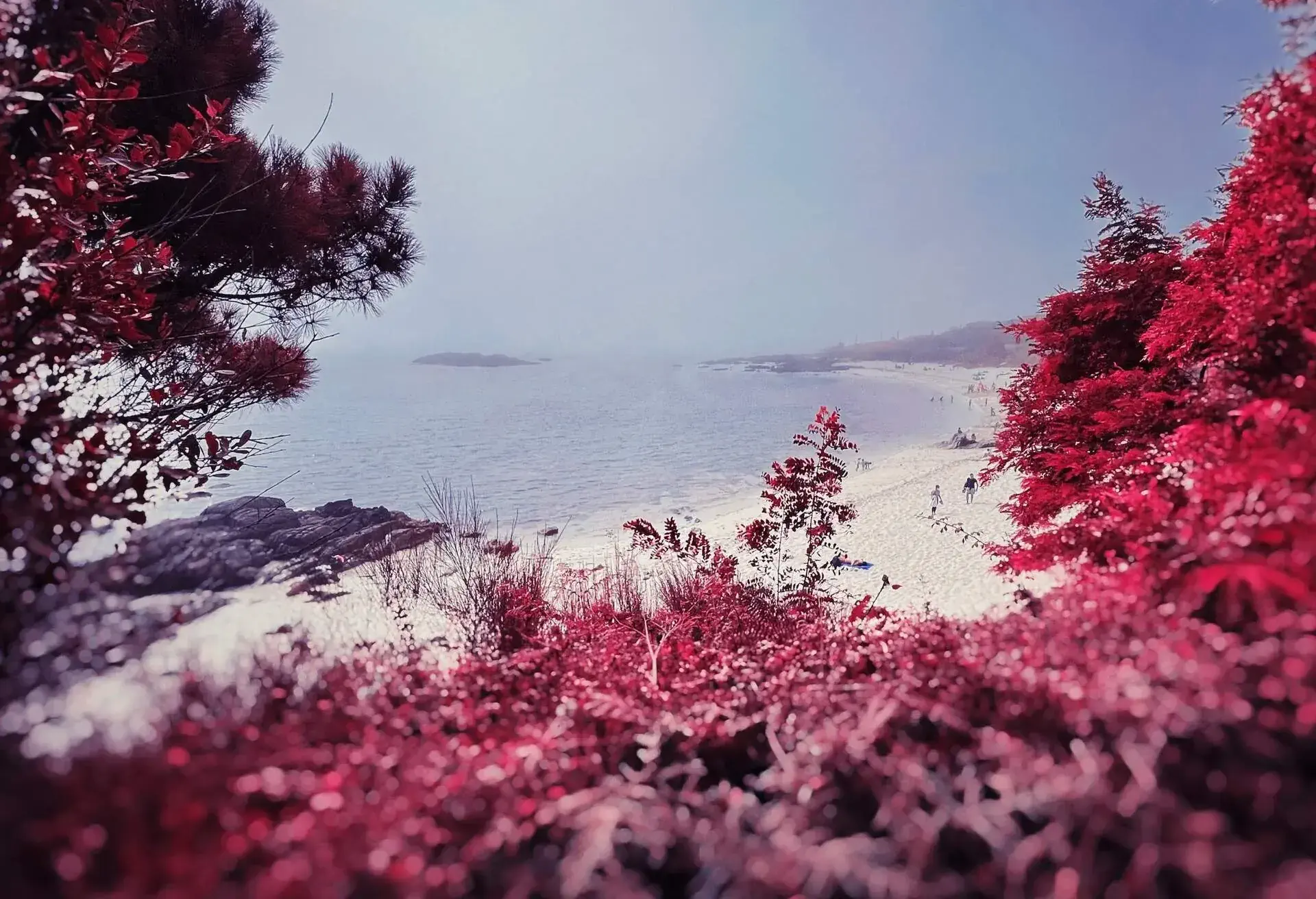
The main island on this protected archipelago is Illa de Ons, a car-free island with jaw-dropping cliffs and five stunning unspoilt beaches. It’s a great place for keen bird watchers and is where you’re most likely to spot the northern garnet or the red-beaked Eurasian Oystercatcher. The island is supported by fishing, so it’s only right to sample the local staple, Pulpo a Feria, an octopus dish.
Get yours at Casa Acuna by the waters, one of the oldest and the best on the island. Please note that there are no rubbish bins on the island. Take only what you need and remember to bring back what you don’t.
Board a ferry from Portonovo, Sanxenxo, Marin, or Aldan that will get you into O Curro Settlement.
Cortegada
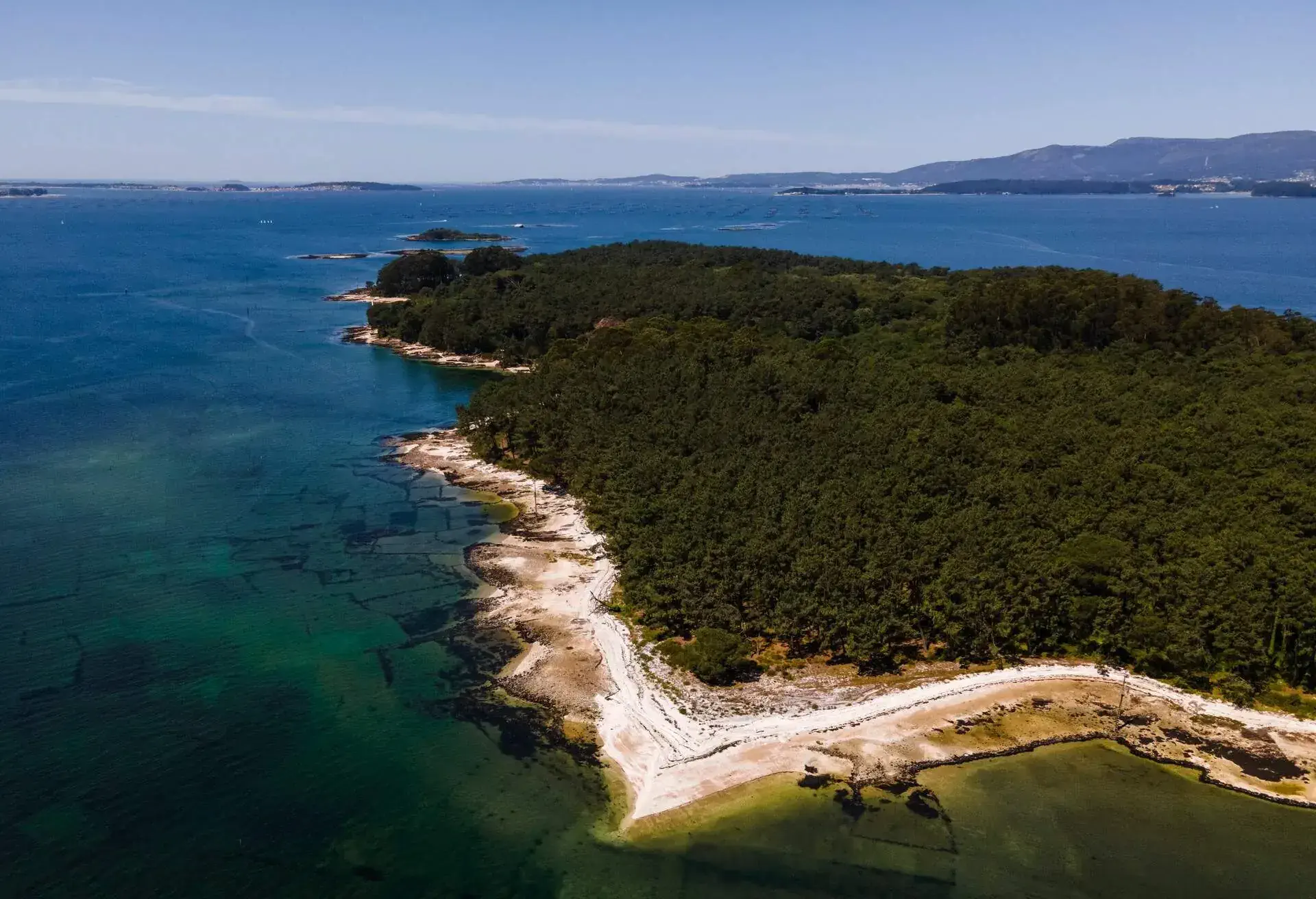
On the River Ulla, connected to the mainland of the O’Curril village by a 620-foot-wide tidal causeway that is walkable when the tide is low, is Cortegada on the Ria de Arousa estuary. There’s a magical mystery to the island, enhanced by the remains of a 17th-century chapel whose stone cross still stands, various houses, and what was once a leper’s hospital. In addition, the island is home to Spain’s largest and Galicia’s last laurel forest.
Learn more about Spain from its best beaches coastal villages, where to go hiking, and the best traditional food to sample. Find out more about the best hiking hotspots. Visit Spain’s interesting coastal villages for picturesque views, interesting food, and relaxing experiences. Every region has its own delicacies and dishes for you to enjoy. Find your next flavour adventure by sampling Spain’s traditional cuisine.

